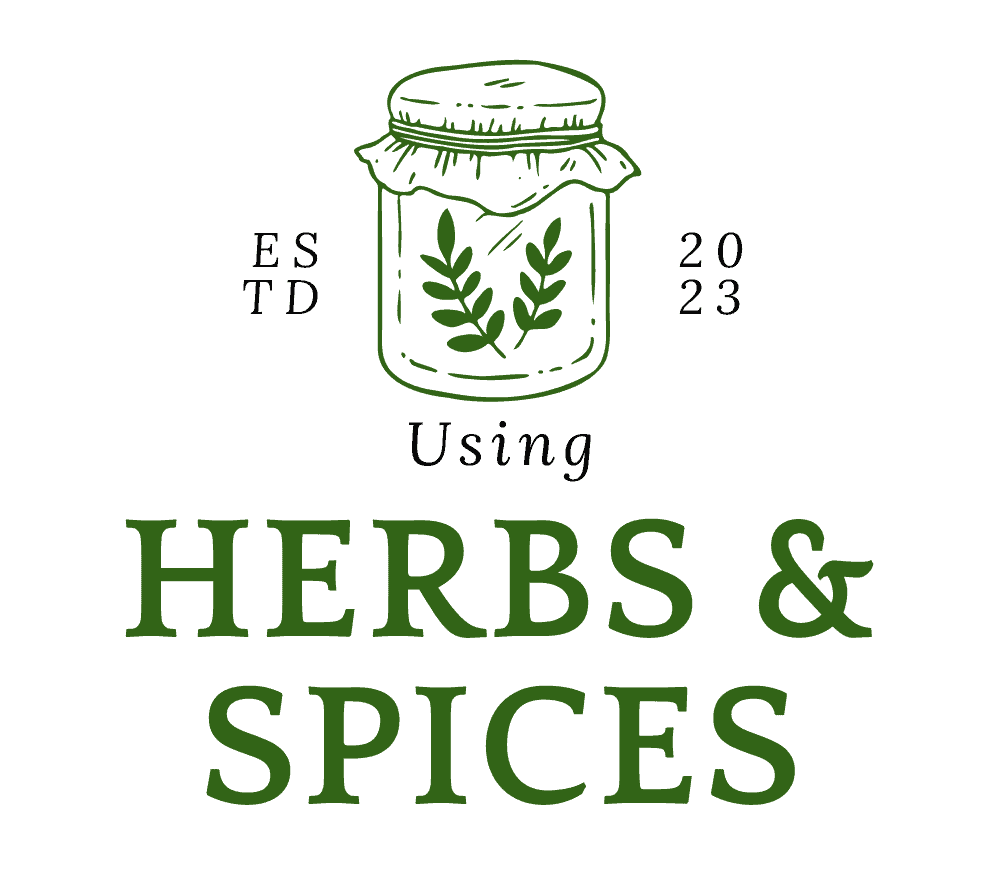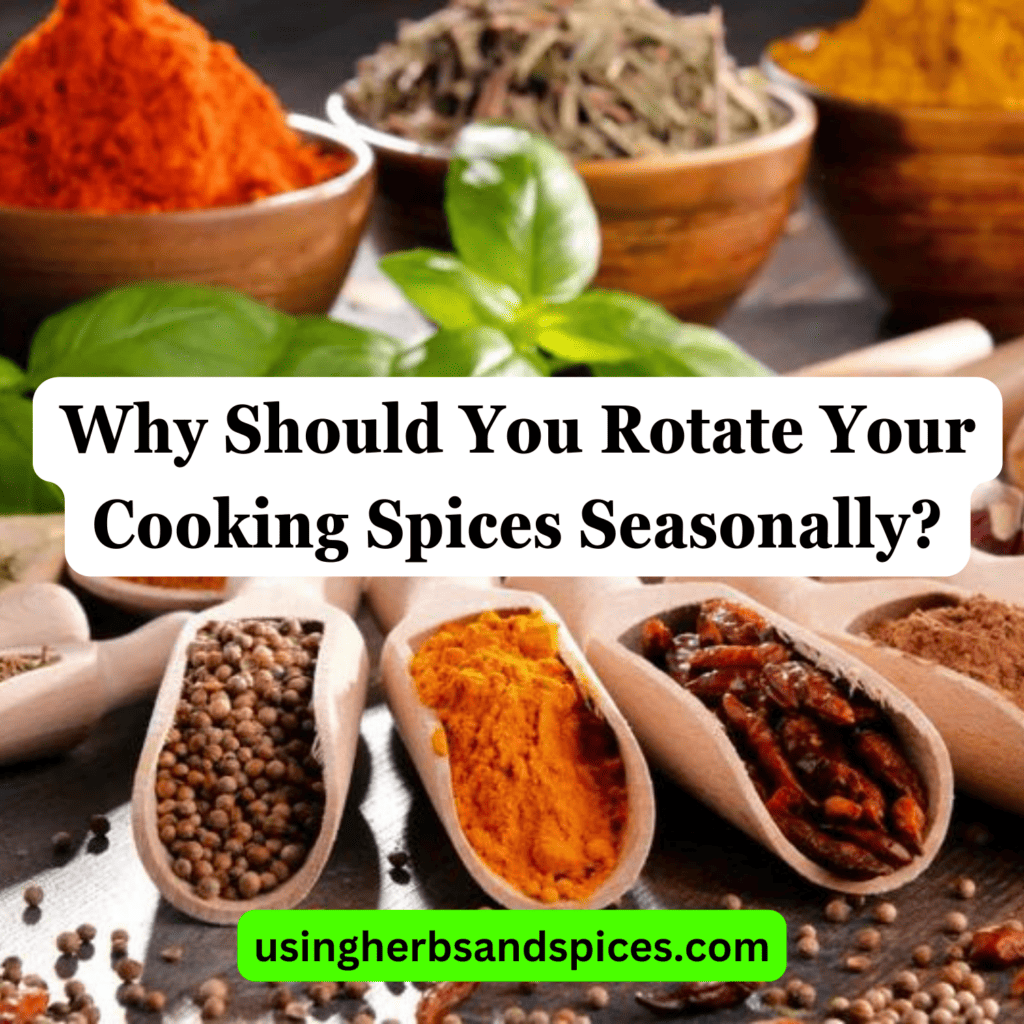Imagine the sizzle of cumin seeds dancing in hot ghee, the aroma promising a feast for the senses. You’re about to embark on a culinary journey, one that’s steeped in tradition and bursting with flavor.

Mastering authentic Indian cuisine isn’t just about following recipes; it’s about understanding the soul of each spice and how they come together to create harmony on your plate. As you delve into the art of spice pairings, you’ll discover the secrets that make Indian food so deeply satisfying.
You’ll learn to blend the heat of ginger with the sweetness of cinnamon, and find out how cardamom can elevate a simple lentil dish to new heights. Join a community of food lovers who savor every pinch and every stir, creating dishes that weave tales of faraway lands right in your kitchen.
Table of Contents
Key Takeaways
- India’s spice pantry is essential for mastering authentic Indian dishes.
- Each region in India has its own unique blend of spices influenced by climate.
- Crafting balanced spice mixes is crucial for authentic Indian dishes.
- Choosing the right spices enhances the flavors of proteins and elevates vegetarian dishes.
Essential Spices in Indian Cooking
India’s spice pantry is the cornerstone of its culinary tradition, offering you a treasure trove of flavors that are essential to mastering authentic dishes. To elevate your cooking, you’ll need to embrace the art of flavor layering techniques.
This means understanding how to build a dish’s profile from the ground up, starting with whole spices tempered in hot oil, releasing their essential oils, and creating a foundation that’s aromatic and complex.
But before you can layer flavors like a pro, you’ve got to store your spices right. Spice storage tips aren’t just about prolonging shelf life; they’re about preserving the soul of your dish. Keep your spices in airtight containers, away from direct sunlight and heat, to maintain their potency. This careful curation of your spices ensures that when you reach for that cumin or cardamom, they’re as vibrant and flavorful as the day you brought them home.
With each addition, from the pungent mustard seeds to the sweet fragrance of cinnamon, you’re weaving an intricate tapestry of taste. And as you become part of this tradition, you’re not just cooking – you’re honoring a legacy and claiming your place within it.
Regional Spice Variations
As you delve deeper into India’s culinary arts, you’ll discover that each region boasts its own unique blend of spices, transforming the same foundational ingredients into a myriad of distinct, local flavors. Exploring spice dialects across India is akin to learning a new language in each state, where every word is a spice contributing to a larger, more flavorful conversation.
The climate influence on spices is profound, with each region’s terroir imparting a signature touch. In the cooler northern regions, you find robust, warming spices like cardamom and cloves that are essential in dishes like rich curries and biryanis. Move to the coastal areas, and the zest of mustard seeds and curry leaves weaves through your meals, bringing a taste of the sea to your palate.
In the arid west, you’ll encounter a love for asafoetida and dried chilies, while the east will enchant you with its panch phoron—a whole-spice melody that sings in harmony. Venture down to the southern peninsula, and you’re greeted by a tapestry of tamarind and pepper, offering a sharp tang and a kick that’s as inviting as the region’s warm embrace.
Creating Balanced Spice Mixes
While you’re experimenting with the diverse flavors of Indian regions, it’s vital to understand how to create balanced spice mixes that will elevate your dishes to authentic perfection. Crafting the quintessential blend isn’t just about tossing various spices together; it’s an art. Your passion for Indian cuisine transforms into a sensory journey as you explore heat levels that range from a gentle warmth to an exhilarating fire. Each spice’s heat must harmonize, not overpower.
You’ll also delve into aroma profiles, ensuring the scents dance together in unity, rather than competing for attention. Imagine the earthiness of cumin holding hands with the sweet fragrance of cinnamon, or the sharpness of ground mustard seeds mellowing under the floral notes of cardamom. This is where you find your belonging in the rich tapestry of Indian cooking.
Pairing Spices With Proteins
You’ll discover that choosing the right spices to complement your protein is key to capturing the essence of Indian cuisine. Whether your dish centers around tender chicken, robust lamb, delicate fish, or hearty plant-based proteins, the spices you select will make your meal sing with authenticity. Understanding heat levels in spices such as chili powder, black pepper, and garam masala will ensure you’re not overpowering the delicate flavors of your protein but enhancing them.
Here are spice storage tips to maintain the vibrancy of your spices:
- Store spices in airtight containers away from direct sunlight.
- Keep them in a cool, dry place to preserve their potency.
- Label your containers with purchase dates for freshness tracking.
- Avoid using wet spoons to retain the spice’s integrity.
- Regularly check for clumps or changes in aroma, indicating it’s time to replace.
Your commitment to the craft of Indian cooking is palpable as you thoughtfully pair coriander’s citrusy notes with flaky fish or cumin’s earthy tones with chicken. You’re not just cooking; you’re creating a sense of belonging with every dish, inviting others to experience the rich tapestry of flavors that’s Indian cuisine.
Vegetarian Dishes and Spice Synergy
In your exploration of vegetarian Indian dishes, understanding how spices interact can elevate the humblest vegetables to exquisite heights. The secret lies in mastering flavor layering techniques that create a symphony on your palate, making every bite a testament to the rich culinary heritage of India.
Consider the robust, earthy cumin paired with sweet carrots or the burst of mustard seeds dancing through aloo gobi, a classic cauliflower and potato dish. These combinations aren’t just happenstance; they’re deliberate, honed over generations to bring out the best in each ingredient.
As you become more adept, you’ll start making seasonal ingredient adjustments, seamlessly switching to lighter spices like fennel and mint in the summer, while cozying up with warming cloves and cinnamon in the winter.
Your kitchen becomes a place of communal belonging, where the aromas of toasted spices invite conversations and shared experiences. With each dish, you’re not just nourishing the body; you’re weaving a tapestry of connection through the love language of food.
Frequently Asked Questions
How Do You Properly Store Spices to Maintain Their Flavor and Potency Over Time?
You’ll maintain your spices’ zest by storing them away from light, ensuring optimal humidity levels, and sealing them tightly. It’s the secret to keeping your kitchen’s heart alive with vibrant flavors.
What Are Some Common Mistakes to Avoid When Attempting to Cook Authentic Indian Dishes for the First Time?
You’re not alone—80% of novices overdo it with spices. Avoid overuse, embrace heat management, and you’ll connect with the heart of Indian cooking, creating dishes that truly resonate with tradition.
Can You Suggest Any Non-Traditional or Fusion Indian Recipes That Incorporate These Spice Pairings?
Try a fusion twist with a spiced lamb burger, infusing traditional masala into your patty. It’s an innovative technique that’ll make you feel part of a global culinary community. Embrace the adventure!
How Does the Use of Fresh Versus Dried Spices Affect the Taste and Authenticity of Indian Cuisine?
You’ll find that fresh spices offer a vibrant taste, embodying the terroir’s essence, while dried spices provide a concentrated, long-lasting flavor, crucial for an authentic touch in your cherished Indian dishes.
Are There Any Cultural or Historical Significances Behind Certain Spice Combinations in Indian Cooking Traditions?
Yes, spice combinations in Indian cooking have deep roots in spice trade history and regional variations, reflecting local cultures, histories, and resources that you’ll embrace as part of the community.
Indian Cuisine With Spice Pairings
Now you’ve journeyed through the vibrant world of Indian spices, like an artist mastering their palette.
You understand regional nuances, have crafted harmonious mixes, and learned to accentuate both meats and vegetables with deft spice synergy.
Keep experimenting with passion and precision; your kitchen will soon radiate with the authentic aromas of India.
Embrace these spice pairings and watch your culinary creations come alive, as colorful and spirited as a bustling Mumbai market.









